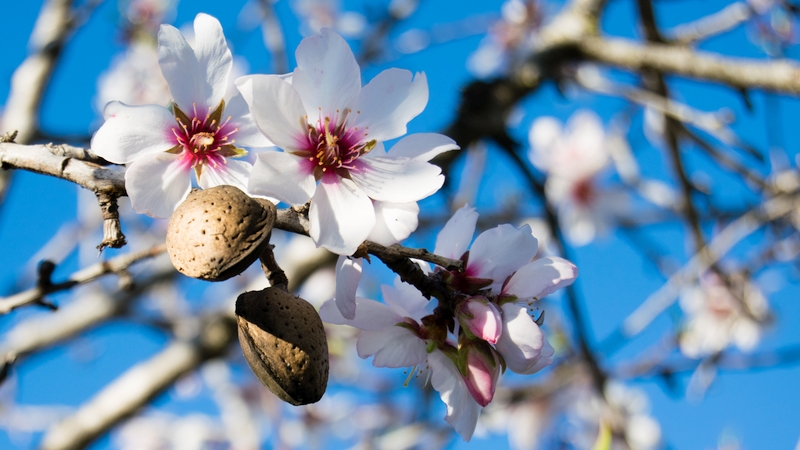Department Of Ag Takes Action On Abandoned Groves
Last week, Florida Citrus Mutual reported that the Florida Department of Agriculture and Consumer Services’ (FDACS) interpretation of Florida law (Section 193.461(7)) states that if a land owner has a valid Citrus Health Response Program (CHRP) compliance agreement in good standing then the property covered by the agreement is considered in agricultural use and
eligible for the agricultural land use classification. Furthermore, removing trees or killing trees in place to eliminate pest and disease reservoirs in abandoned groves is considered an agricultural practice under CHRP.
Consequently, property owners who remove or kill abandoned citrus groves remain within the CHRP guidelines and are still eligible for greenbelt classification. An abandoned grove is defined by FDACS as:
- No commercial fruit harvest during the last two seasons
- No production care during the past two years, including weed control and mowing
- Grove use transferred to other use, but some live trees still present (pine trees or livestock)
Background: Officials created CHRP as a successor program to the Citrus Canker Eradication Program. CHRP is designed to allow the Florida Citrus Industry to develop and implement effective management strategies to remain productive in the face of citrus canker, citrus greening, and its vector – the Asian citrus psyllid. CHRP is a state/federal program with a state/federal budget appropriation.
The University of Florida’s Institute of Food and Agricultural Sciences (UF-IFAS), in partnership with the FDACS and the USDA, is the institution responsible for developing CHRP practices and procedures. The UF-IFAS citrus pest and disease control guide continues to recommend citrus tree removal as a viable method of disease management for both the citrus canker and citrus greening diseases.
How will FDACS implement the plan?
Phase I: Collect and verify data on the location and ownership of abandoned citrus grove properties with emphasis on areas in and around commercial citrus production.
Growers who know of and have specific concerns about abandoned grove properties in their general vicinity can report information to their local CHRP office. For a full list of offices visit http://www.doacs.state.fl.us/pi/pec/pec-dist-map.html
Property owners who have abandoned groves may also contact the CHRP office nearest their grove location to obtain more information on abandoned grove abatement options and CHRP compliance qualifications for agricultural land classification eligibility for tax purposes.
Phase II: Beginning in April, representatives from the regional CHRP offices will contact abandoned grove property owners to determine the current and proposed future disposition of the land. The need to remove the abandoned citrus will be explained along with options for tree removal and the tax incentives if appropriate action is taken.
Questions or further information on this initiative should be directed to Richard Gaskalla, DPI Director, email address [email protected], telephone (352) 372-3505, Ext. 106.










